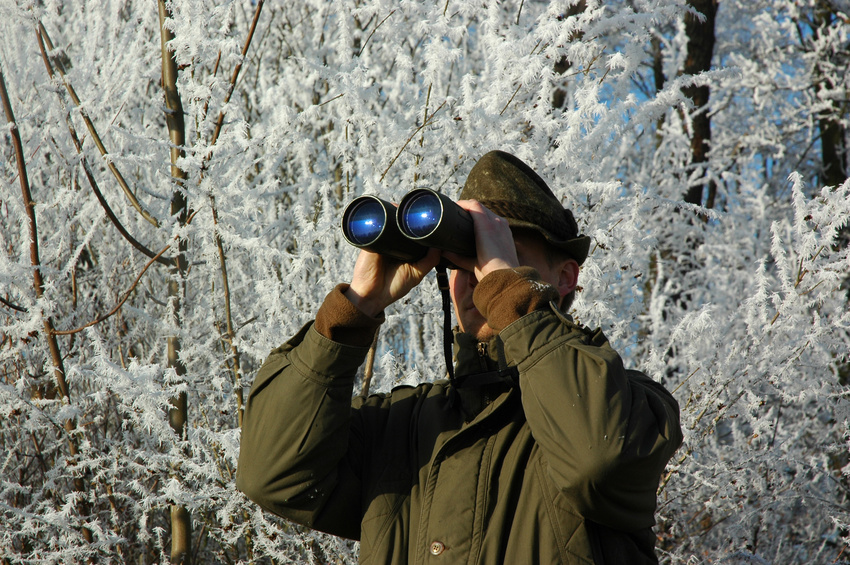Because one binocular is found to be very good does not mean all of that make are very good.
Numerous selected quotes is just a way of showing how flawed the whole opinion is.
If the opinion was sound and correct, no quotes would be needed.
In a way it is surprising this ridiculous heading has actually brought up interesting posts, but certainly not by the OP.
Zeiss actually have had rather poor sharpness in some binoculars because the star images are bloated.
Personally, I have no desire at all to carry an 8x56 binocular just because stopped down it is very good.
Also an observer with 20/15 vision may think a binocular is very sharp, when an observer with 20/8 acuity thinks it is mediocre.
I don't know if binocular designers have a specific resolution parameter to work to.
Also sample variation means many binoculars are just not very good, even high priced ones.
Boosting does help with judging sharpness, but for most observations particularly hand held non IS binoculars the binocular doesn't need to be super sharp.
Regards,
B.
I agree with that not everything Zeiss makes is great, just the SF's and FL's. The SFL is good, but it is a step-down from them, and it was meant to be, but on the other hand the SFL brings the advantage of a bigger aperture in a lighter package which appeals to a lot of people.
Numerous selected quotes are a way of supporting my hypothesis and theories with other people's opinions.
I would imagine Zeiss made some lemons 50 years ago, but they got their act together now with the FL and SF.
You missed the point that Henry made with the 8x56 FL post. He meant that since you are just using the sweet spot of the objective lens in the daytime when your pupils are dilated, you don't see the aberrations you normally would from the edges of the objective.
How many people have 20/8 vision? I mean, really, that is almost equal to an Eagle's eyesight.
Of course, manufacturers have a specific resolution parameter to work with among others. If they didn't most binoculars would have poor resolution.
Higher priced alpha level binoculars like the Zeiss SF and Swarovski NL do not have that much sample variation like the cheap MIC stuff.
If they did, they would fire the whole QA department at Swarovski and Zeiss. Consistency in QA is a lot of what you pay for when you pay $3000 for an alpha level binocular.
Every alpha level binocular at Swarovski, Zeiss and Leica are tested before they leave the factory and if they don't pass they are rejected.
Hand held binoculars don't need to be super sharp, but it sure is nice if they are because they are a lot more pleasant to look through. That is why I like the Zeiss SF and FL. They are super sharp, hand held.








